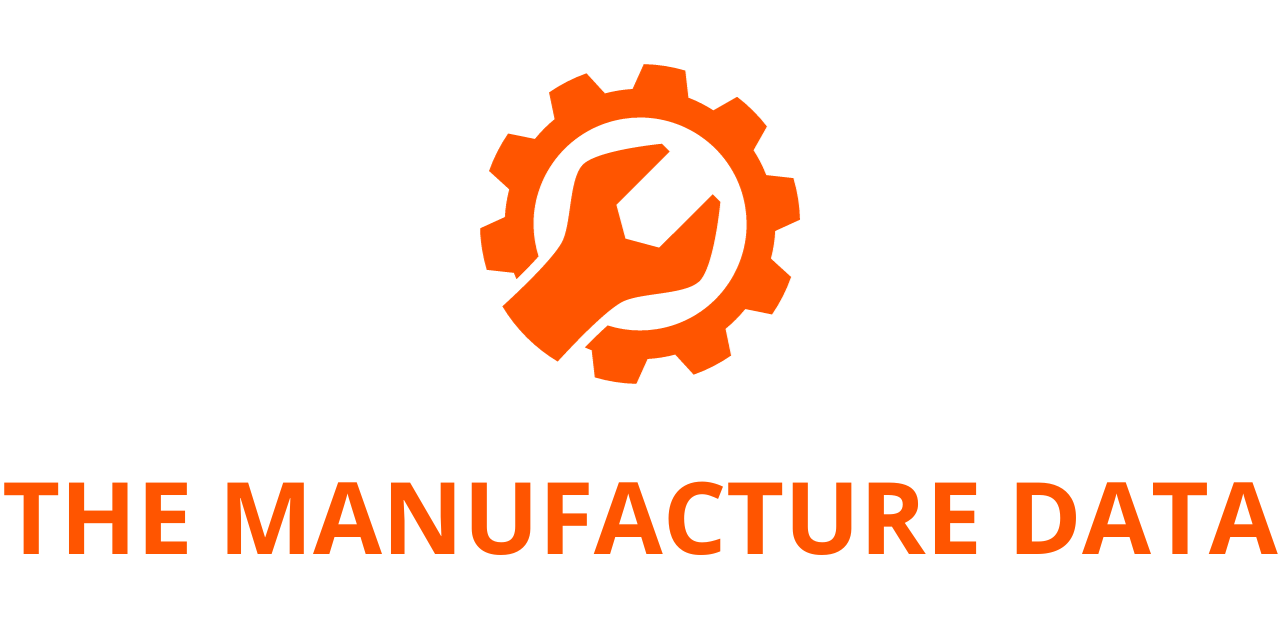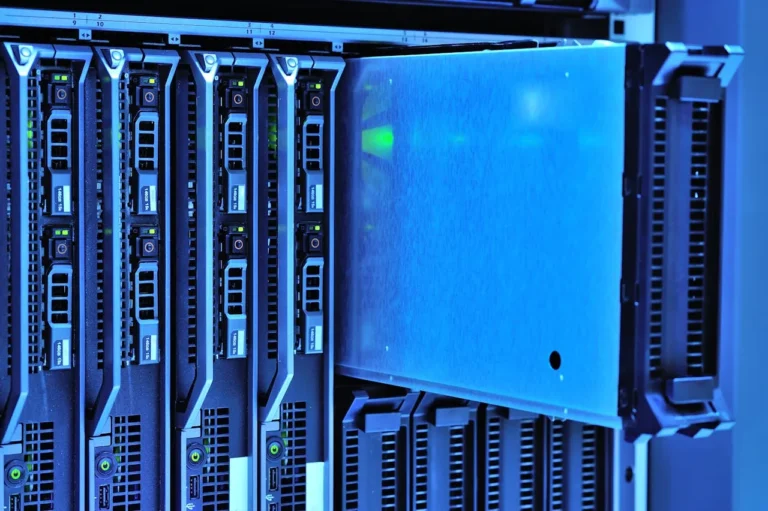
Deere & Company Announces Third Quarter Fiscal 2025 Results with $1.289 Billion Net Income Amid Lower Sales
Deere & Company has released its financial results for the third quarter ended July 27, 2025, reporting a net income of $1.289 billion, or $4.75 per share. This performance marks a decline from the $1.734 billion, or $6.29 per share, earned in the same period a year earlier, which ended on July 28, 2024.
For the first nine months of fiscal 2025, Deere reported net income attributable to the company of $3.962 billion, or $14.57 per share. This compares with $5.855 billion, or $21.04 per share, over the corresponding nine-month period in 2024.
The company’s results reflect a challenging operating environment, with weaker demand trends and market adjustments impacting sales volumes.
Sales and Revenue Performance
Worldwide net sales and revenues for the third quarter of 2025 came in at $12.018 billion, representing a 9% decline compared to the same quarter in 2024. Over the first nine months of the year, revenues totaled $33.290 billion, down 18% from the prior year’s $40.594 billion.
Net sales of equipment totaled $10.357 billion for the quarter, compared to $11.387 billion a year ago. For the nine-month period, equipment sales reached $28.338 billion, compared with $35.484 billion in 2024.
The decline reflects softer market conditions, particularly in agriculture and construction equipment demand, as well as ongoing adjustments to align production with retail sales.
CEO Commentary and Strategic Priorities
John May, chairman and chief executive officer of Deere & Company, highlighted the company’s deliberate approach to inventory management as a key factor in navigating the current market.
“By proactively managing inventory, we’ve matched production to retail demand, enabling our company and dealers to respond swiftly to market shifts and customer needs,” May stated. “By continuing to address the high levels of used equipment in the industry, we’re building a healthier market for everyone—our customers, our dealers, and our business—even in these challenging times.”
Deere’s strategy centers on balancing supply with demand, managing dealer inventories, and avoiding oversupply issues that could pressure pricing or dealer profitability.
Technology as a Growth Driver
Despite softer sales, May pointed to the increasing adoption of advanced technologies across Deere’s product portfolio as a source of optimism. The company continues to integrate innovations that support farmers and contractors in achieving greater efficiency, cost savings, and productivity.
He highlighted tools such as See & Spray, an advanced precision agriculture technology that targets weeds with pinpoint accuracy, and Harvest Settings Automation, which allows automated optimization of harvesting equipment in real time.
“The increasing utilization and proven in-field effectiveness of advanced technologies are empowering customers to improve their productivity and better navigate industry challenges,” May said. “The positive outcomes we’re enabling reinforce our confidence in Deere’s future despite near-term uncertainty.”
Fiscal 2025 Outlook
Looking ahead, Deere & Company projects that net income attributable to the company for fiscal year 2025 will be in the range of $4.75 billion to $5.25 billion.
The forecast reflects the company’s expectations of continued market softness but also its confidence in the long-term fundamentals of the agricultural and construction sectors. Deere plans to continue investing in precision technology, smart equipment, and digital solutions that enhance customer productivity while also driving the company’s competitive position.
Market Context
The agricultural and construction machinery markets have experienced a slowdown in 2025, driven by several factors:
- Lower commodity prices affecting farm incomes.
- Cautious capital spending by farmers and contractors.
- Higher interest rates impacting financing costs for equipment purchases.
- A buildup of used equipment inventories in the market, requiring careful management to prevent pricing pressure.
Deere’s strategy of aligning production with demand aims to mitigate these challenges, preserving pricing discipline and dealer profitability.
Long-Term Confidence Despite Headwinds
While the current financial results show year-over-year declines in both sales and profit, Deere maintains confidence in its ability to deliver shareholder value over the long term. The company’s investment in automation, connectivity, and sustainability-focused technologies is expected to position it strongly when market conditions improve.
John May emphasized that Deere is not simply reacting to short-term pressures but is actively preparing for the industry’s next phase of growth. By focusing on customer needs, leveraging advanced data-driven tools, and maintaining operational flexibility, Deere aims to emerge from the current slowdown in a stronger competitive position.




